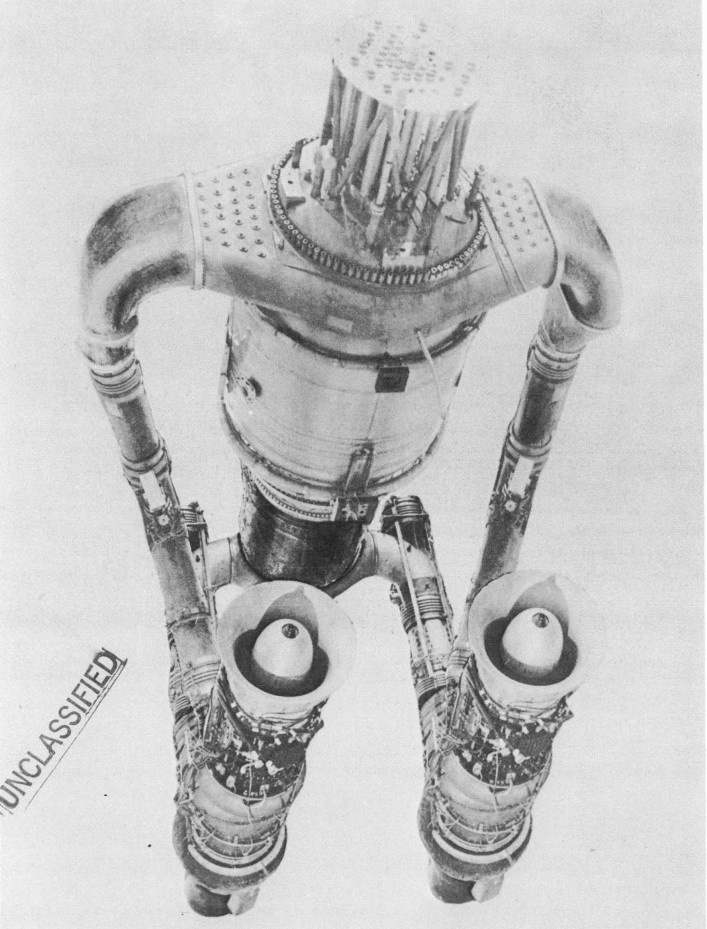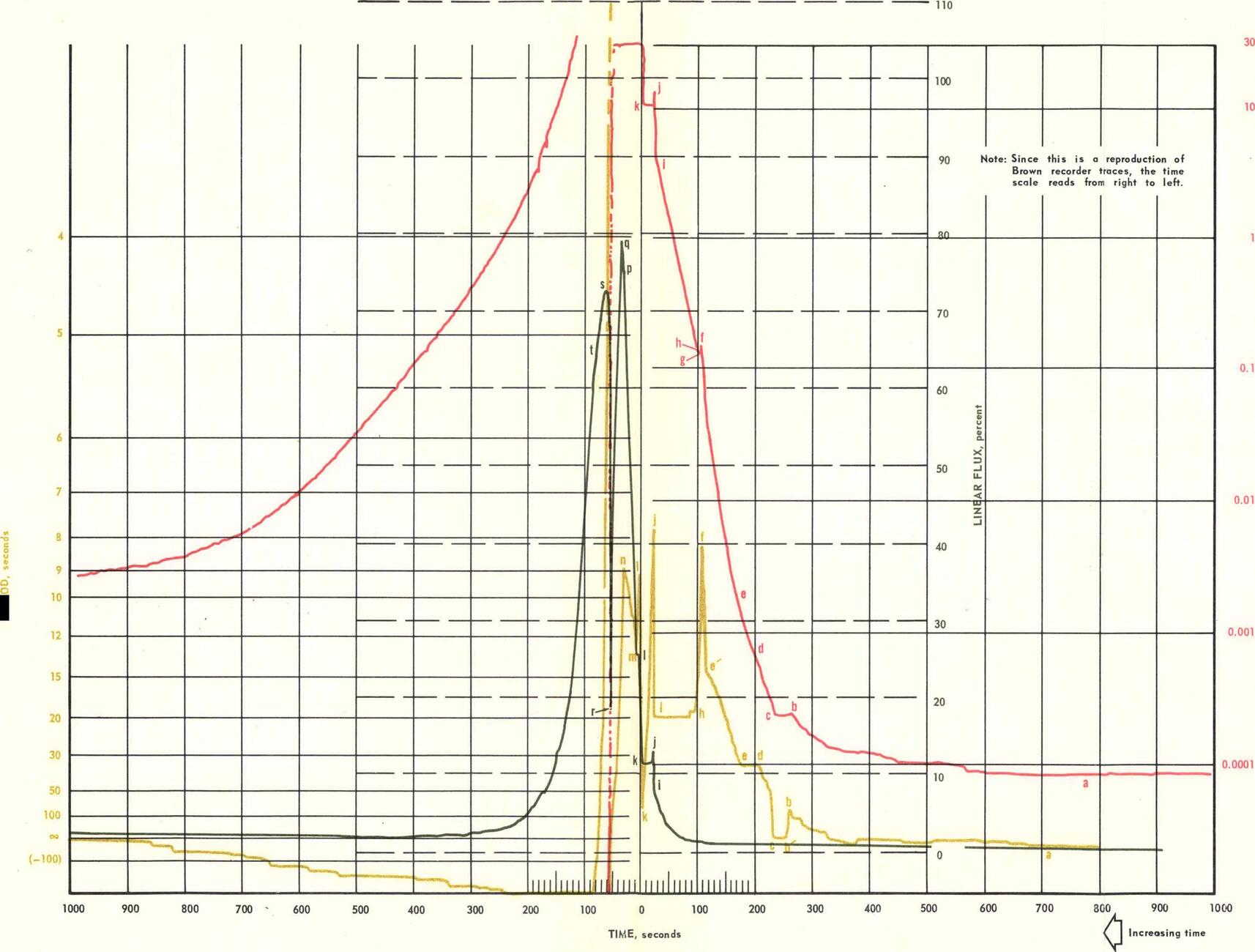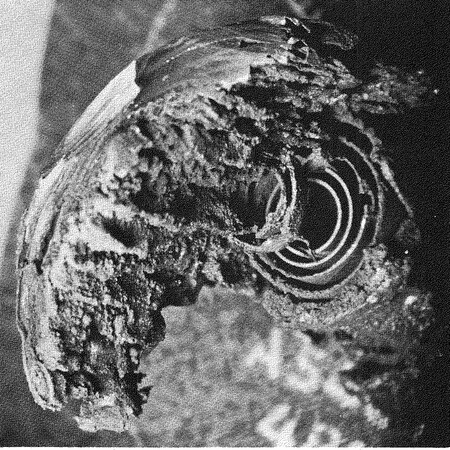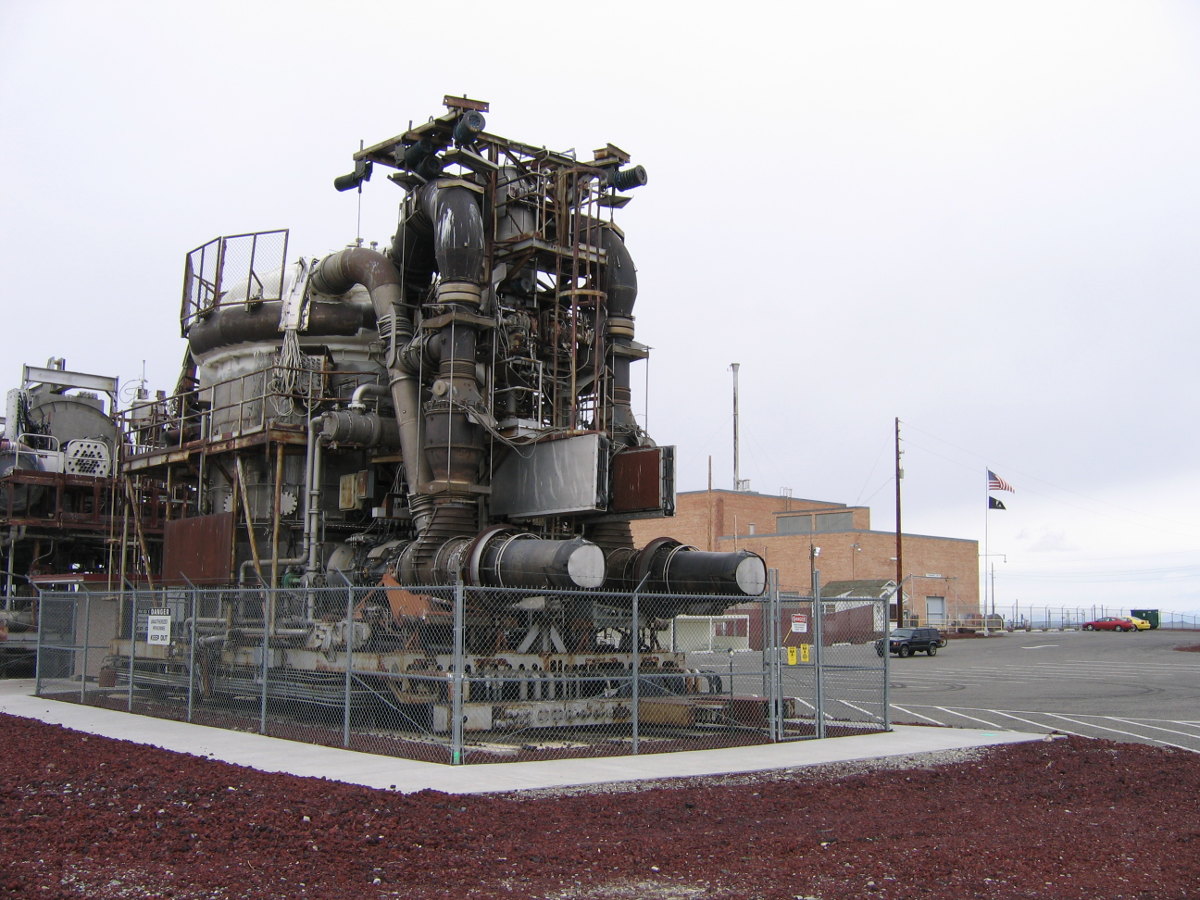The HTRE-3 nuclear excursion and meltdown
By Nick Touran, Ph.D., P.E., 2022-09-28 , Reading time: 3 minutes

Background
In 1951 the United States military began a program to develop a nuclear-powered aircraft with unlimited range. It was to have jet engines heated with an extremely high-temperature nuclear reactor (as opposed to typical chemical combustion). The program was huge, spanning many institutions across the country, including Oak Ridge National Lab (where they focused on fluid-fueled reactors like the Aircraft Reactor Experiment) and the National Reactor Testing Station (NRTS, now called Idaho National Lab), where air-cooled solid-fueled reactor experiments were built.
The solid-fueled, air-cooled, hydrided zirconium-moderated reactor experiments in Idaho were called Heat Transfer Reactor Experiments (HTRE), and we ran three of them total, HTRE-1, HTRE-2, and HTRE-3. HTRE-2 was a reconfigured version of HTRE-1, and HTRE-3 was built separately.
What happened?


On November 18, 1958, HTRE-3 suffered a nuclear power excursion and fuel meltdown. The automatic control system erroneously withdrew control rods to cause the excursion. The false demand that triggered this withdrawal was caused by a less-than-actual indication of reactor power from a radiation detector that was hooked to it.
The erroneous sensor reading was caused by an installation fault related to the power supply of the ion chamber. Safety actions that should have stopped the reactor did not occur, also because of errors in their installation.
Minor changes to the operating procedure and circuitry installation could have prevented the event.
The melting and collapse of fuel rings reduced reactivity, and a scram of the safety system due to a high fuel element temperature indication.
All of the fuel elements experienced melting. The total energy release is estimated at about 770 MW-sec.
Lessons
Don’t hook robots up to control rod withdrawal mechanisms without redundancy
Even though there was some redundancy in HTRE-3’s control system, there was a common cause power supply issue that prevented it from working.
Be careful when reusing control system circuitry from previous systems
The circuit error was related to a 1-megaohm resistor in a voltage-smoothing RC circuit that limited current to 0.80 mA, whereas 0.96 mA was required to actuate the scram signal at 120% full power. The power supplies and filters had been brought over from the previous HTRE-3 without appropriate adjustments
Legacy

You can see the HTRE-2 and HTRE-3 sitting in the parking lot of the EBR-1 museum, which is a fantastic museum if you’re ever in the region.
References and more info
This page is a part of our Safety Minute collection. You can edit it or add more on GitHub.